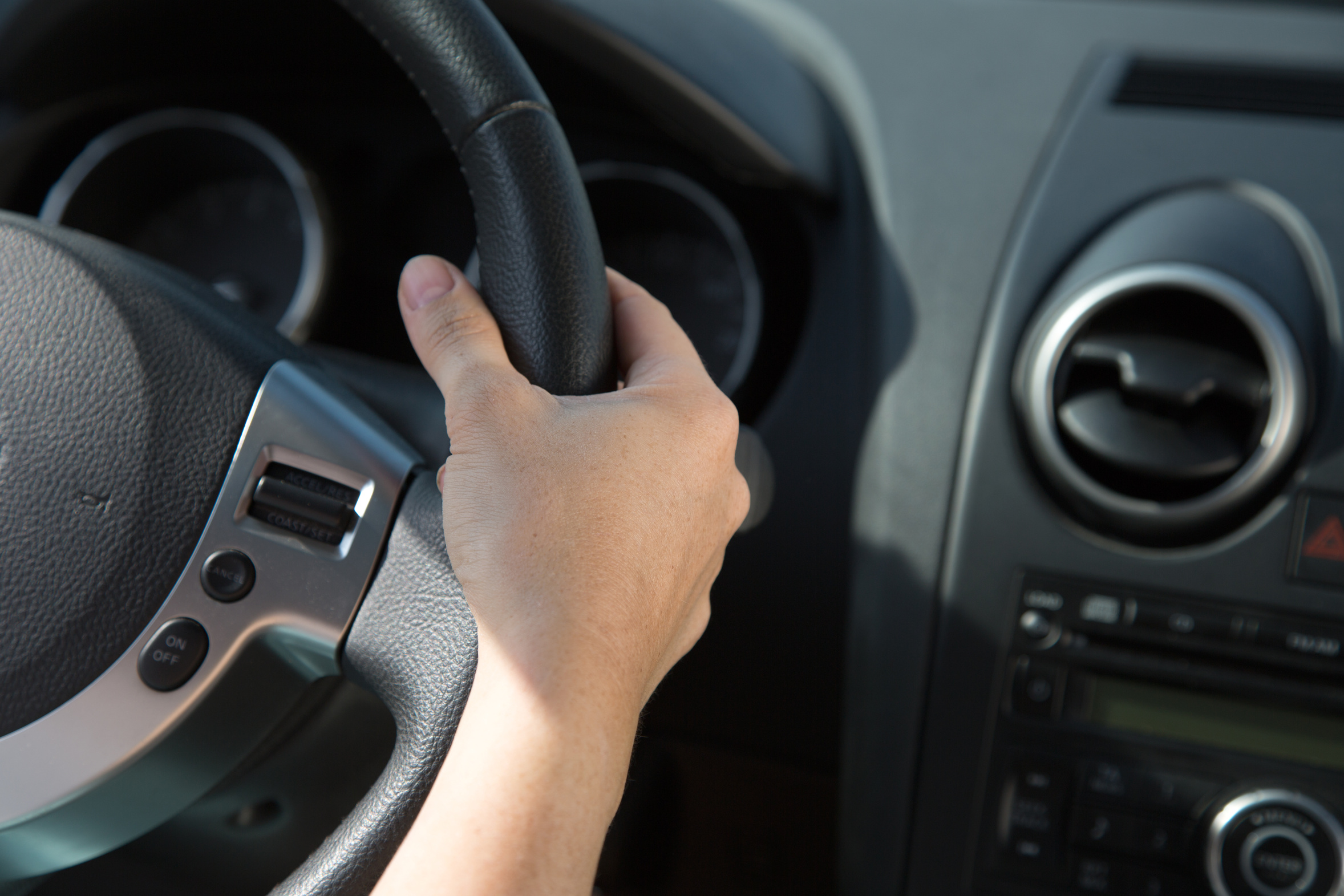How to ensure your vehicles are road safe & green

Phil Lloyd, FTA’s head of engineering and vehicle standards policy, pulls out some of the most salient points from the updated DVSA Guide to Maintaining Roadworthiness and shares his key advice
All vehicle operators and drivers wanting to check if a vehicle is road safe should refer to DVSA’s Guide to Maintaining Roadworthiness. The guide, applicable to commercial goods vehicles and passenger carrying vehicles, was recently updated and provides best-practice advice and legal requirements.
For those wishing to reduce their fleets’ carbon emissions, there are many tools and techniques available, which can also help to extend the life of a vehicle and make its operation more cost effective.
Phil Lloyd, FTA’s head of engineering and vehicle standards policy, pulls out some of most salient points from the Guide to Roadworthiness and shares his key advice.
Check lists
The most effective way to keep a vehicle road-safe between roadworthiness safety inspections is to undertake daily pre-use vehicle checks and make sure any defects or defect symptoms are reported immediately, with remedial action being taken as soon as possible, in some cases before the vehicle is used.
Key elements of this routine should include (where applicable) checking electric warning indicators, security of the load, number plates, lights and indicators, steering, security of body/wings/mudflaps, wheel security, general tyre condition and mirrors.
Traffic Commissioners can take action against anyone who fails to complete an adequate walk-around check, so this procedure must not be overlooked.
Drivers are legally responsible for the condition of a vehicle when in use on the road and report any defects swiftly, for example, unusual vehicle vibrations.
In addition to these regular checks, first-use inspections and regular roadworthiness safety inspections must be completed.
Transport managers and operators should ensure these safety inspections are reflective of the conditions to which the vehicle is put. For example, a vehicle used regularly in hilly areas may require more frequent checks of its brakes.
Emissions considerations
Operators and drivers should make every effort to reduce vehicle emissions wherever possible. There are several different methods available to do this, such as encouraging fuel-efficient driving through education, training, incentives and the installation of telematics. Routing and scheduling processes can optimise fuel efficiency, while aerodynamics, tyre management, and utilising alternative fuels can also reduce emissions. Identifying a fuel or energy efficiency champion will also help promote this agenda.
With the upcoming introduction of Clean Air Zones (CAZ) across several cities and London’s Ultra Low Emission Zone (ULEZ), companies should consider upgrading their vehicles to meet the new requirements. Only vehicles meeting the emission standards set by the European Union – Euro VI for diesel and Euro V for petrol vehicles – will be permitted to enter these zones without paying a fee.
Keeping green
In its Road to Zero strategy, the government set a voluntary emission reduction target of 15 per cent by 2025 for all HGVs, but this is a target which operators of all types of vehicles should aspire to achieve. The Logistics Emission Reduction Scheme (LERS), which FTA provides free of charge to the whole industry to help operators reduce emissions, has adopted the government’s emission reduction target, building on its existing achievement of a seven per cent reduction in its members’ emissions by 2015 compared to 2010.
The scheme aggregates its member’s fuel usage and business activity data to establish a carbon footprint and has been successfully demonstrating industry’s ability to improve emissions on its own without further government regulation. LERS supports its members by providing guidance on carbon reducing measures, regular policy updates and valuable information on reducing fuel costs.
Membership is free and open to all companies with at least one commercial vehicle.
For more information, or to join the scheme, please visit www.lers.org.uk
While DVSA’s Guide to Maintaining Roadworthiness provides the standards required to keep a vehicle road safe from a legal perspective, operators and drivers – particularly those concerned with reducing their environmental impact – should explore all other tools and techniques available.
Leaner logistics
Efficient logistics is vital to keep Britain trading, directly having an impact on more than seven million people employed in the making, selling and moving of goods. With Brexit, new technology and other disruptive forces driving change in the way goods move across borders and through the supply chain, logistics has never been more important to UK plc. A champion and challenger, FTA speaks to Government with one voice on behalf of the whole sector, with members from the road, rail, sea and air industries, as well as the buyers of freight services such as retailers and manufacturers.
DVSA’s Guide to Maintaining Roadworthiness is available at tinyurl.com/y7jh93qa






